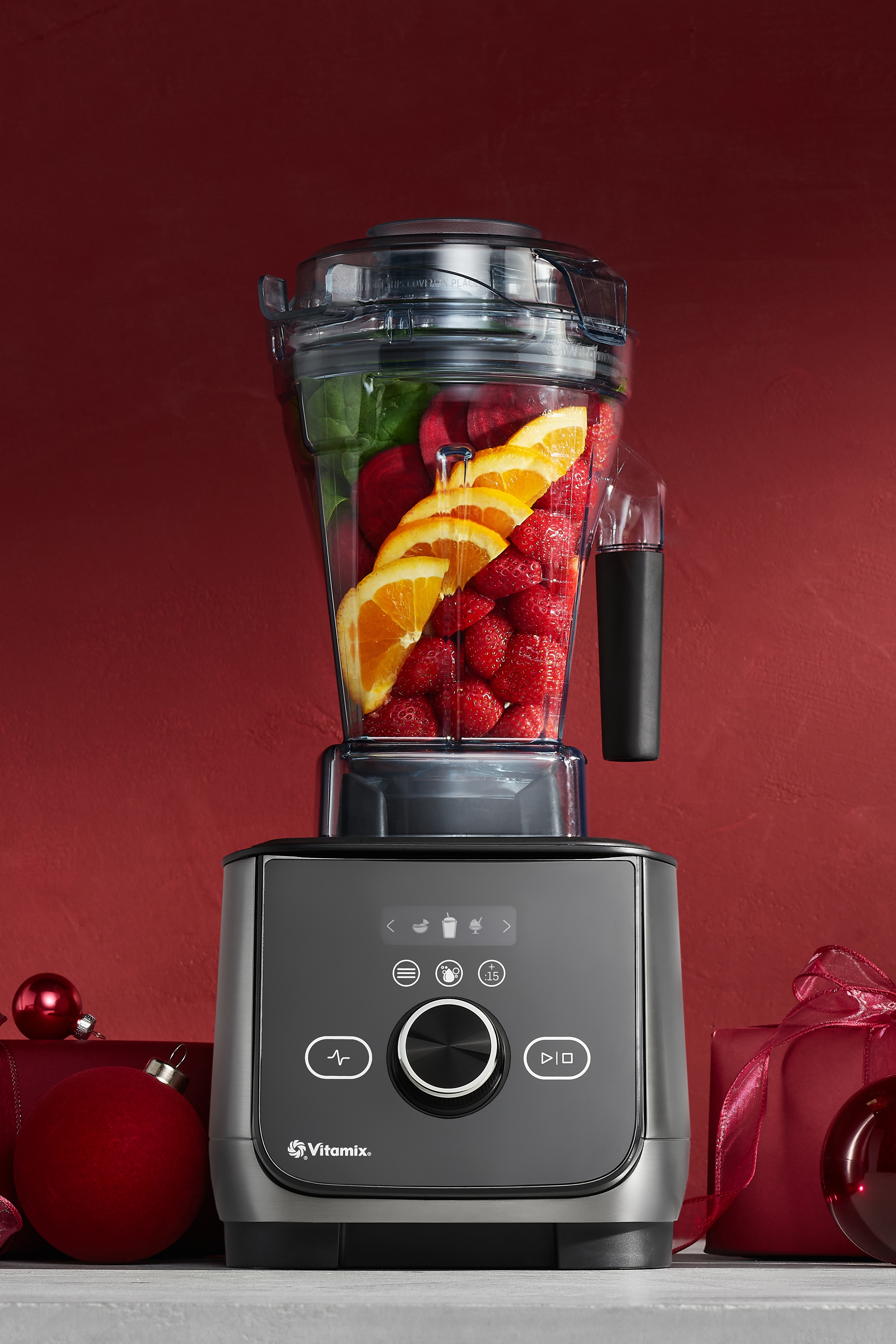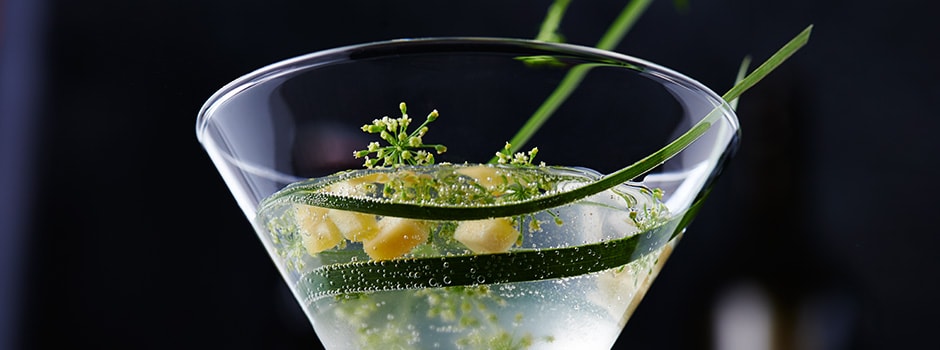Infusing liqueur is anything but exact. Your personal preference determines the final flavor, aroma and potency, and there are thousands of edible flowers, herbs, spices and fruits at your disposal. Start with one of these 10 herbs to flavor liqueur, and build from there.
Herbs
Herbs that contribute to a good infusion have a few things in common: They're highly aromatic and flavorful, semi-hardy or hardy (meaning they're resistant to breakdown during infusion), and pair well with other aromatic ingredients.
- Sage, infused in eau de vie for liqueur à la sauge
- Peppermint, used in dried form to make crème de menthe
- Thyme, used on its own for a simple flowering thyme liqueur or combined with sage, angelica and verbena to create farigoule liqueur
- Fennel leaves and seeds, used with anise and dill to make finocchietto liqueur
- Rosemary, often combined with lemon zest for a limoncello variation
- Marjoram, mixed with cardamom, allspice, anise, coriander, apricot seed and cinnamon to make angelica
- Tarragon, which makes several varieties of regional Danish liqueurs
- Basil, used in liquore al basilica
- Lavender, infused in eau de vie and sweetened with honey
- Oregano, used in several regional, or comtat, French liqueurs
Spices, Flowers and Fruits
Edible flowers, whole or ground spices and fresh fruits are as integral to most liqueurs as herbs.
- Caraway seeds, used along with fennel and cumin to make kummel
- Coriander seeds, infused with black peppercorns and citrus zest to make Danish coriander liqueur
- Anise seeds, used to make anisette
- Hyssop, a flower used with anise seed in hyssop liqueur
- Elderflower blossoms, used in St. Germain
- Sweet violets, combined with vanilla seeds for liqueur a la violette
- Hibiscus, infused with peaches to make crème de peches fleur d'hibiscus
- Cherries, used in kirsch (unsweetened) and guignolet (sweetened)
- Zests, such as orange, lime and lemon, to add tartness and brightness; zests work with almost any infused liqueur
Infusing and Aging
Rinse the herbs and infusion ingredients and let them air dry. If using fruits or whole spices, pulse them in your Vitamix machine until pureed or ground. Remove any fruit seeds before processing. Add the liquor to a glass bottle, and measure in the herbs and spices, using about 3 tablespoons for every 2 cups of liquor, followed by the pureed fruit if applicable.
Shake the bottle vigorously every day for two weeks, tasting the infusion occasionally to gauge its potency. Strain it through a filtration bag or a fine-mesh sieve lined with four layers of cheesecloth, then once more through a coffee filter if residual spices or pulp remain.
Boil 1 cup of sugar with 1 cup of water in a saucepan for every 2 cups of infused liquor. Add the sugar syrup to the infusion to taste. Alternatively, substitute agave syrup or honey.
At this point you can serve the liqueur as is or age it. Aging adds complexity to the flavor by melding and maturing the infusion. Store it in a cupboard for as long as a year, tasting occasionally to judge its maturation.
Related Content

Crafting the Perfect Experience
There’s an art to everything you do, and we’re not just talking about achieving the perfect pour.

Articles
Read success stories from foodservice professionals.



